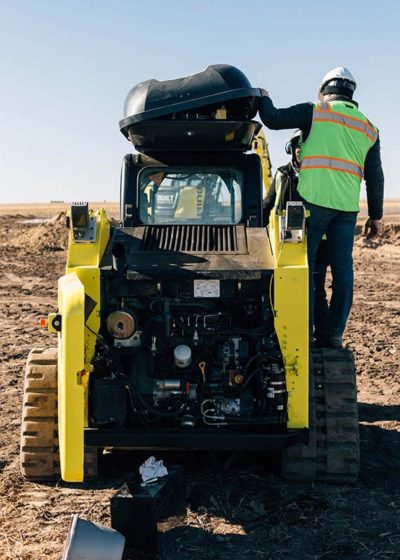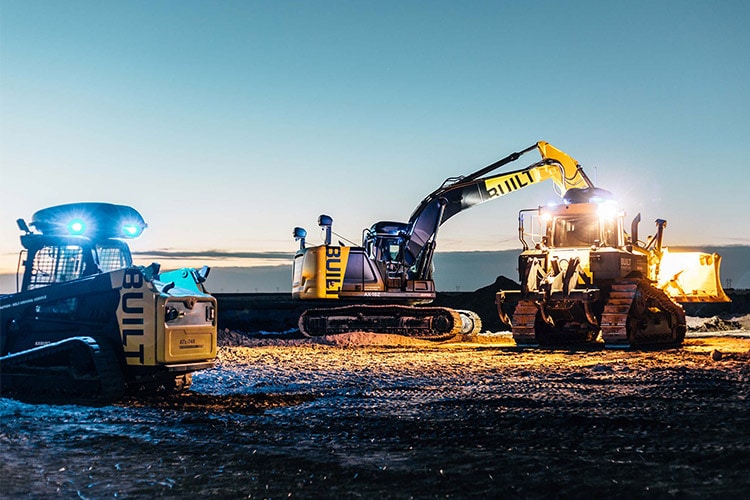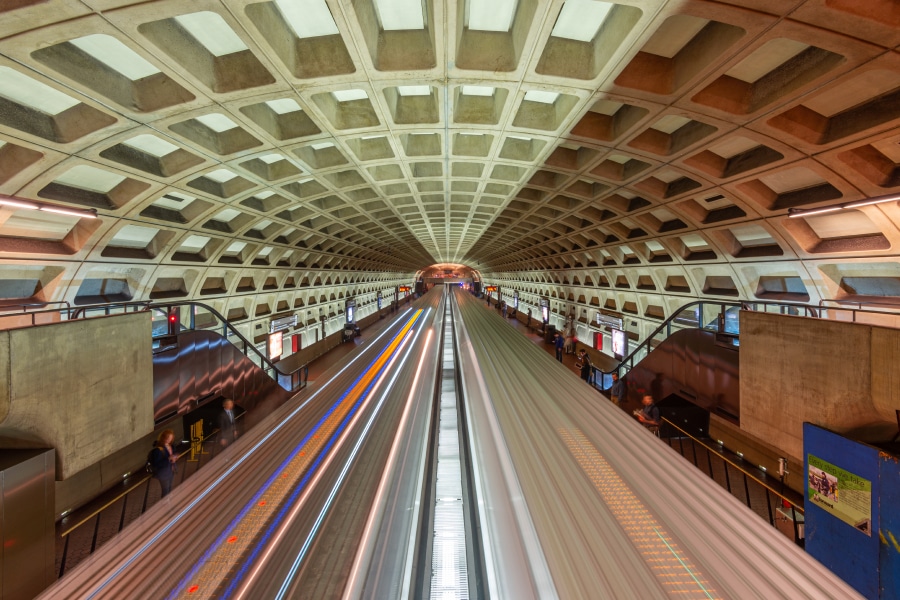Mortenson, one of the largest contractors in the United States, recently announced a partnership with Built Robotics, a startup in San Francisco that develops self-driving technology for heavy construction equipment such as excavators and bulldozers. While widespread use of self-driving cars may still be a ways off, self-driving construction equipment seems to have arrived in a big way with this partnership. And that makes sense, says Gaurav Kikani, vice president of strategy, operations and finance at Built Robotics: “Construction is a more tractable use case, where equipment is running at 2-5 miles an hour versus 60-80 miles an hour.”

With the construction workforce rapidly aging out and a widespread labor shortage already affecting the ability of companies to finish projects on time and take on new work, it’s vital that the AEC industry turn to tech to help fill some gaps. Equipment operators are especially difficult to find—in a survey from a few years ago, a third of general contractors said that the hardest positions to fill were operators. Enter Built Robotics, a company founded three years ago by Noah Ready-Campbell, who grew up in the construction business, as his father was a contractor. Ready-Campbell wanted to not just build upon what already exists in the industry—machine-assist technology that gives inexperienced drivers help—but to take a great leap ahead. Imagine a worksite where the equipment is working itself, constantly calibrating and recalibrating, communicating with other machines on site.
The benefits are many. Self-driving equipment will be safer for humans, since there’ll be no need to worry about accidental deaths from rollovers or collisions. Human error can be eliminated, thus minimizing rework—Built Robotics’ software will ingest plans from the site engineer and follow them exactly. When real-time data differs from the site plans, the robot will make adjustments or stop to allow a remote operator to manually adjust or recalibrate. On-board cameras and LIDAR create a visual map of the perimeter around the robot, and when the machine encounters an obstacle or person, it stops and waits for the object to move out of range.
And in the near future, Kikani hopes, the self-driving technology will get to a point where the software is outputting, as well: real-time data collected by the sensors can be shared “not only across the fleet so that equipment can alert each other to things like a big mound or a really muddy location, but beyond that, there’s opportunity for integration long-term where we can actually update the site plans and find an inconsistency and alert people to them. While it’s not something we’ve done today, this is the sort of value that we’re really seeing so much opportunity to unlock, and there’s no doubt that in due time these integrations will be important,” said Kikani.
Right now, Built Robotics is using existing hardware on the market, a solution that’s proven, in other areas of self-driving advancement, to be a winning strategy in that it allows for quick advancements and relatively inexpensive buy-in from users such as Mortenson. Eric Sellman, vice president and general manager of the civil group at Mortenson, said in a statement that he sees “Built Robotics as the next generation of construction technology. Consistent with Mortenson’s history of ingenuity and innovation in construction, we are partnering with Built Robotics as they develop and deploy technology that enables autonomous heavy equipment operation.” For the moment, the partnership is focusing on civil work for renewable energy projects such as wind and solar farms—these “tend to be in remote areas, far from traditional workforce centers,” said Ready-Campbell.
Kikani, who has spent a lot of time thinking about efficiency in the industry, stressed the ability of autonomous earthmoving equipment to get jobs done smarter, safer and, hopefully, more productively. “When you’re setting a vehicle up at the beginning of the day, you fuel it, you grease it, and you load in your construction model or your plans, and then the computer is able to determine what the world looks like today. You build a terrain map and then it determines, how do I take today’s world and turn it into what the plans call for and it does all of that itself?” Mortenson and Built Robotics are betting they’ve found the answer to that question.











